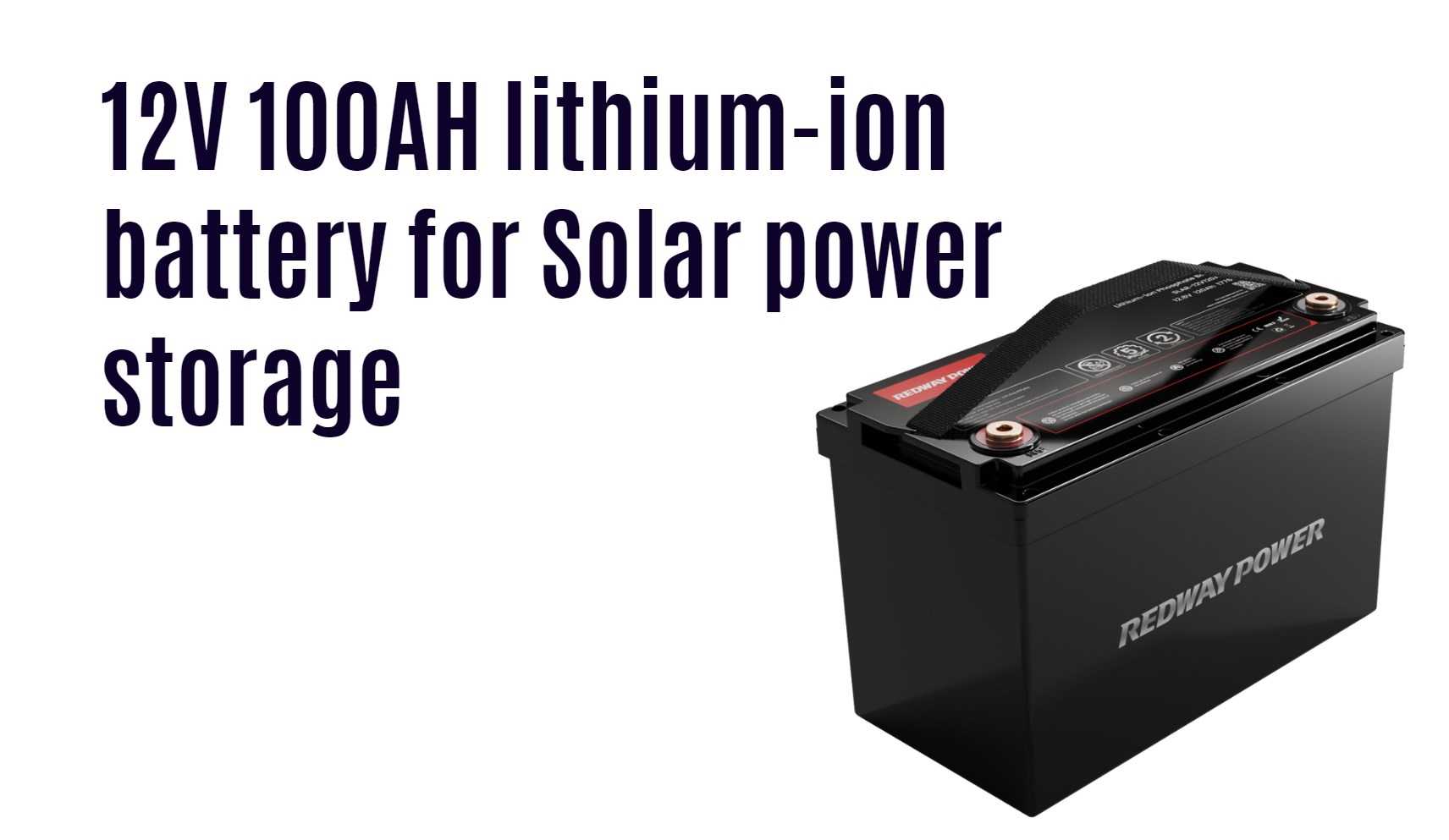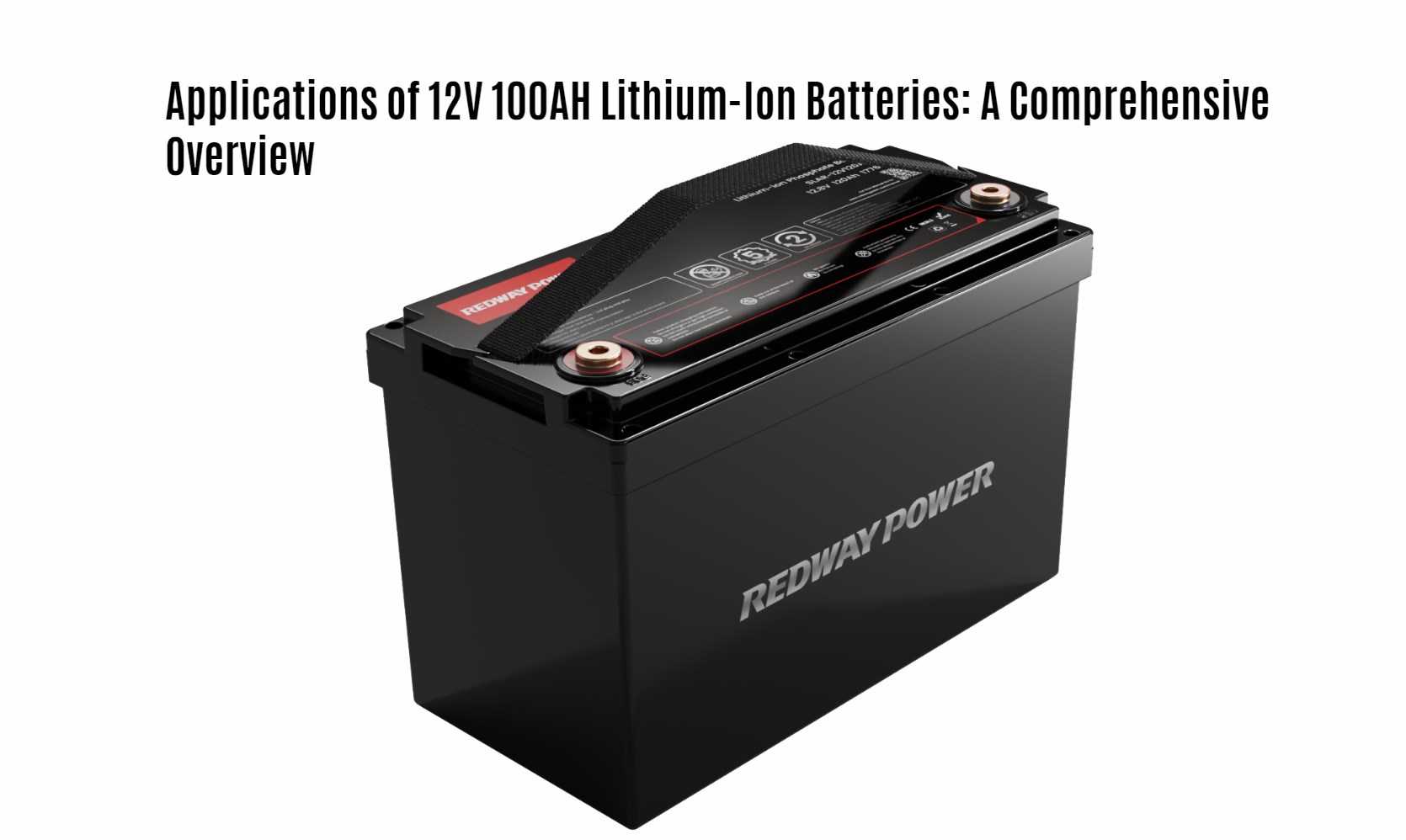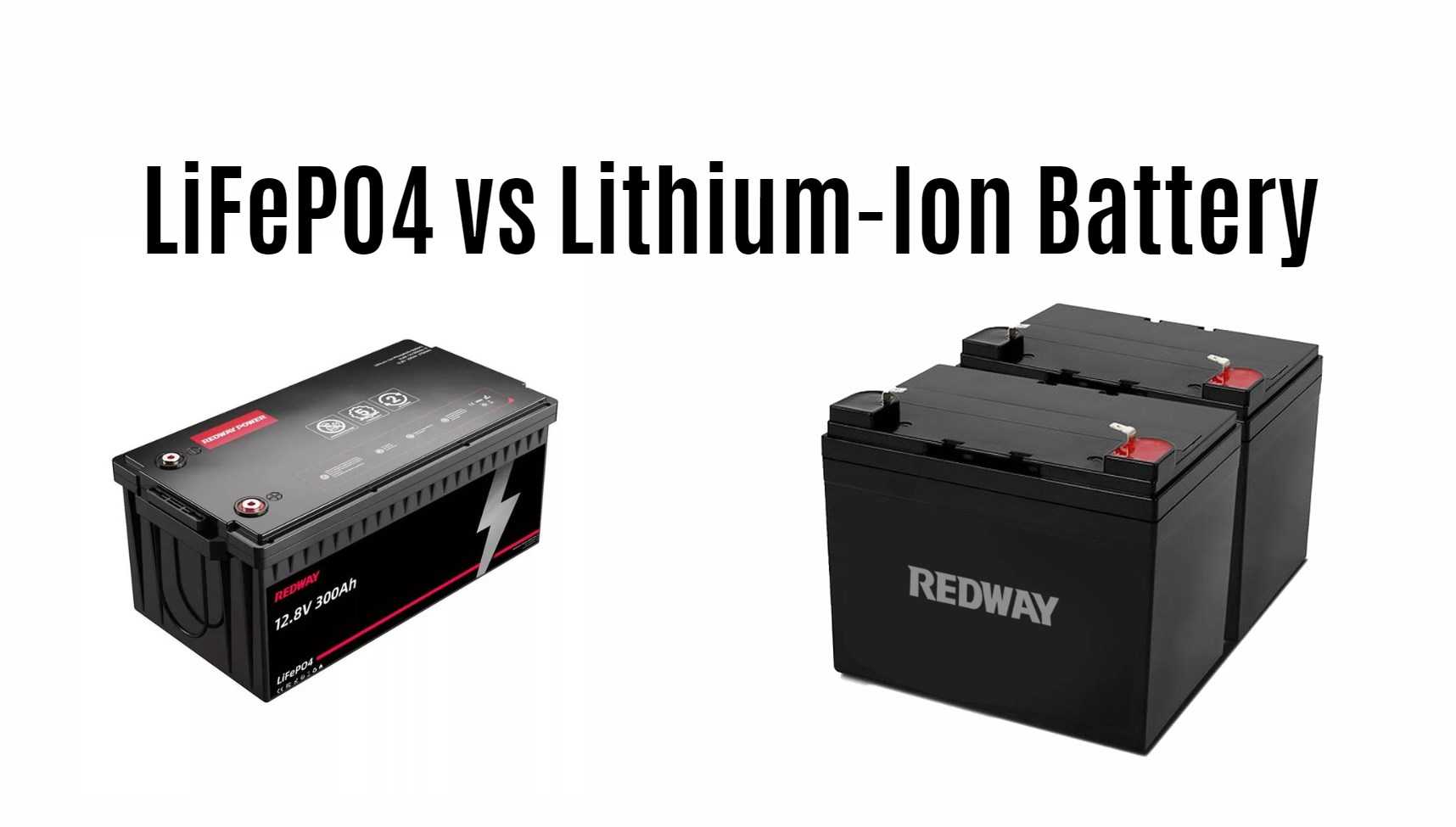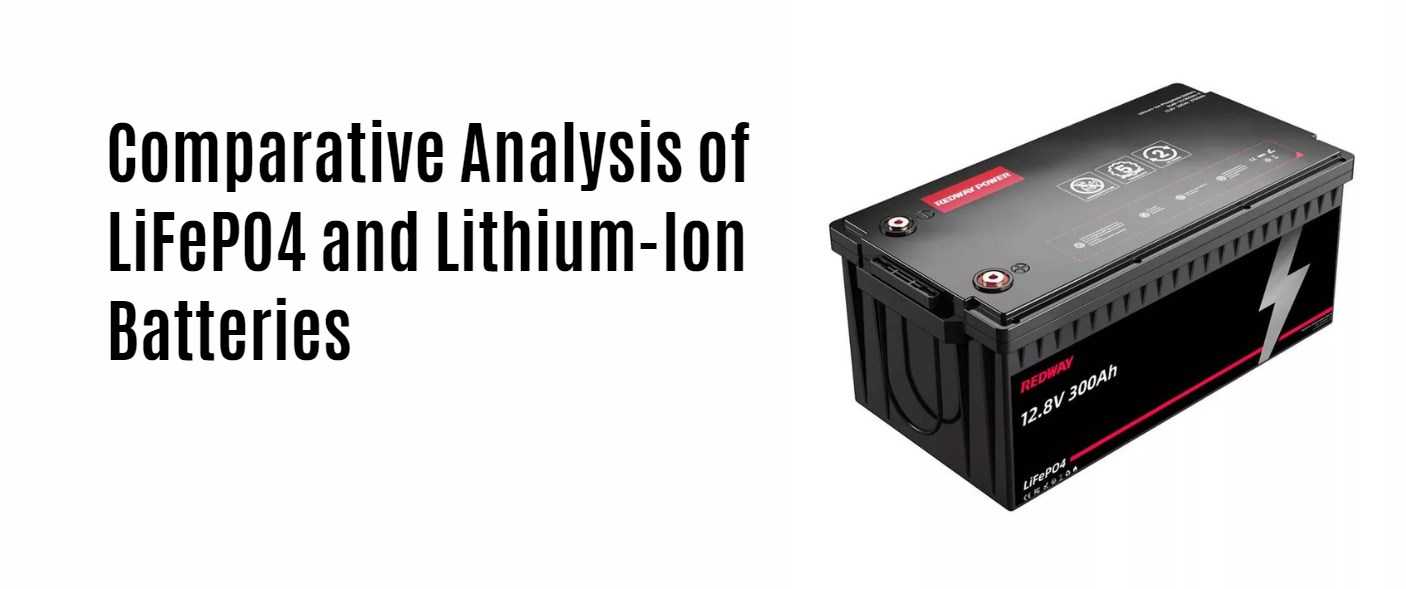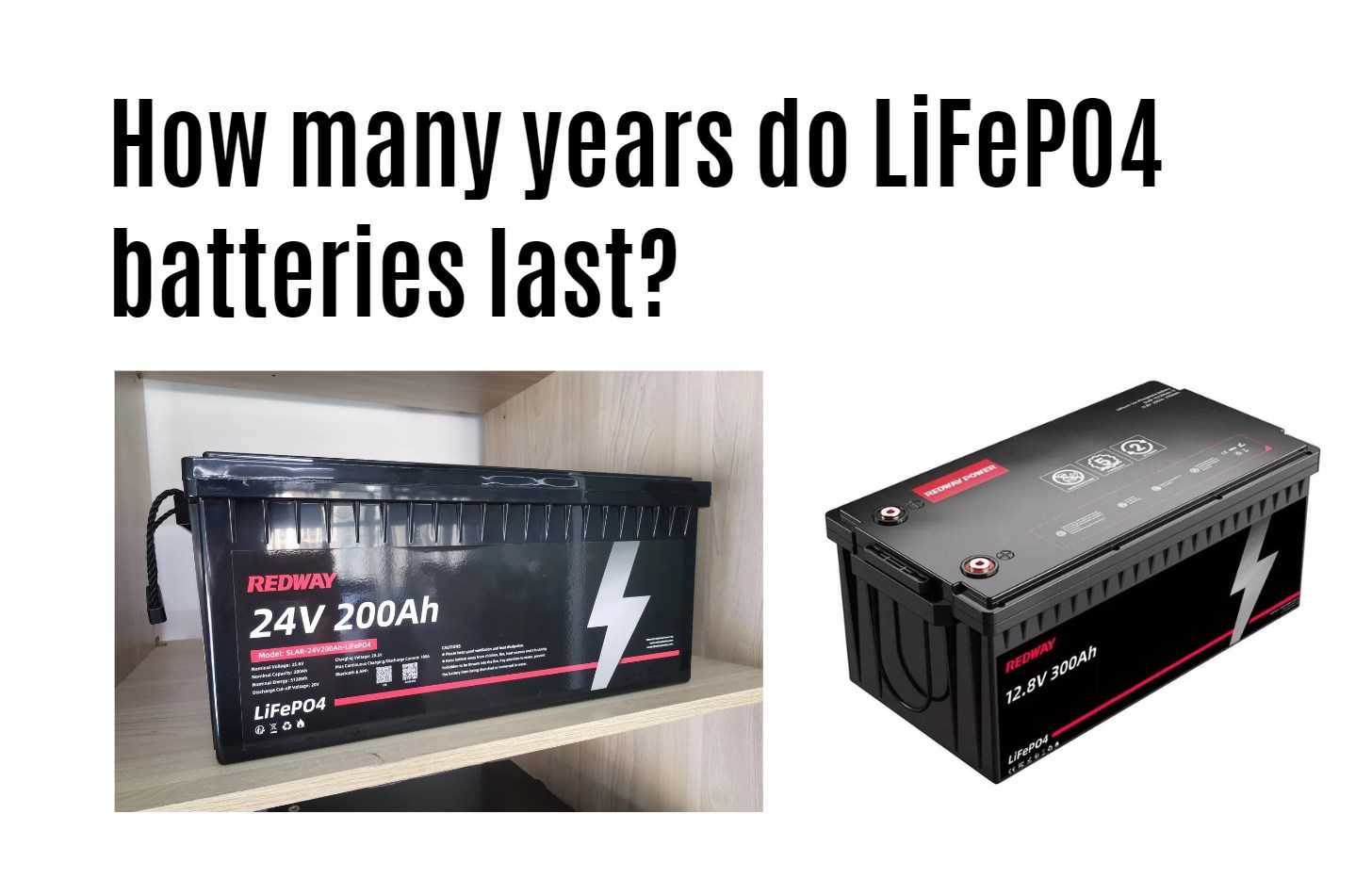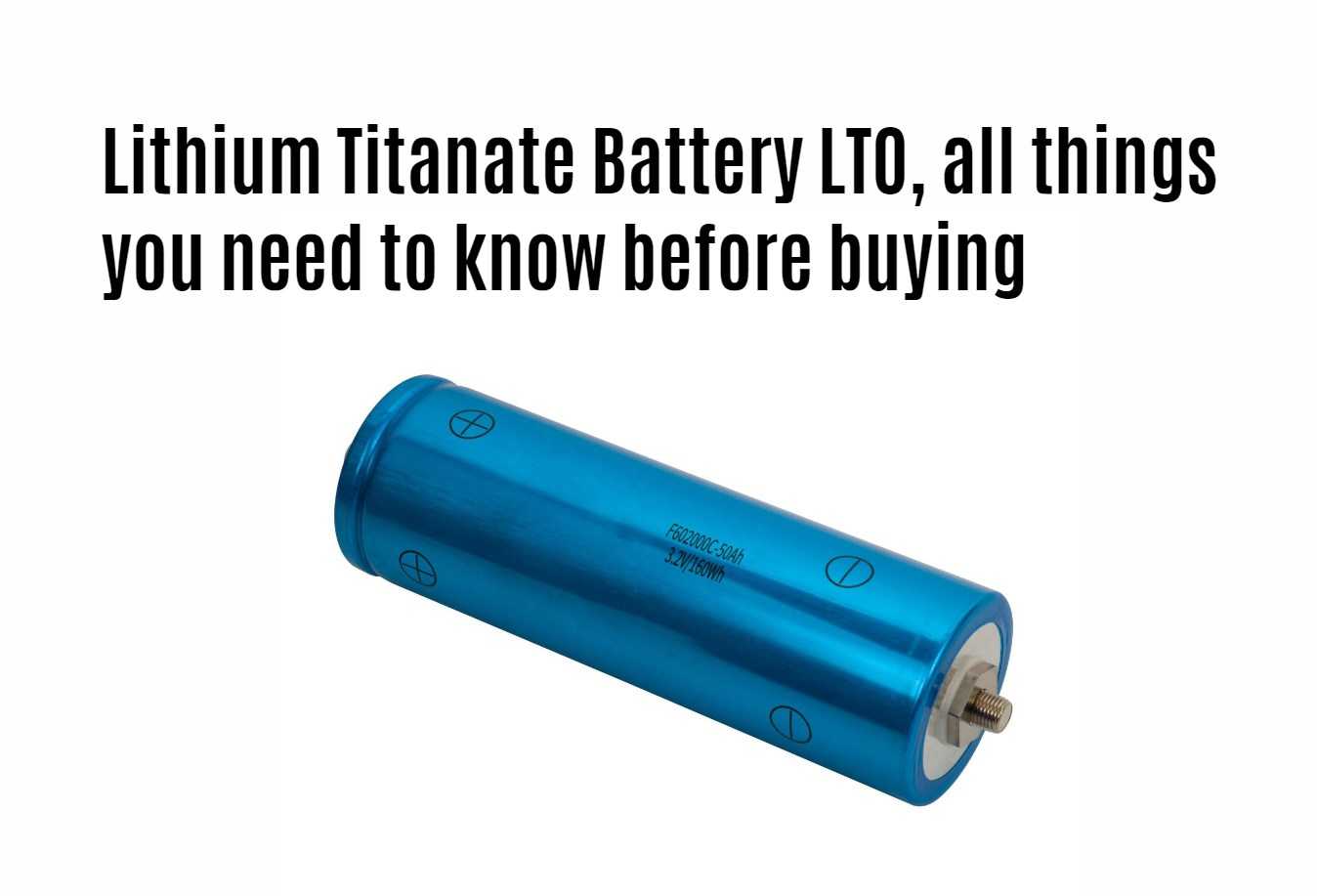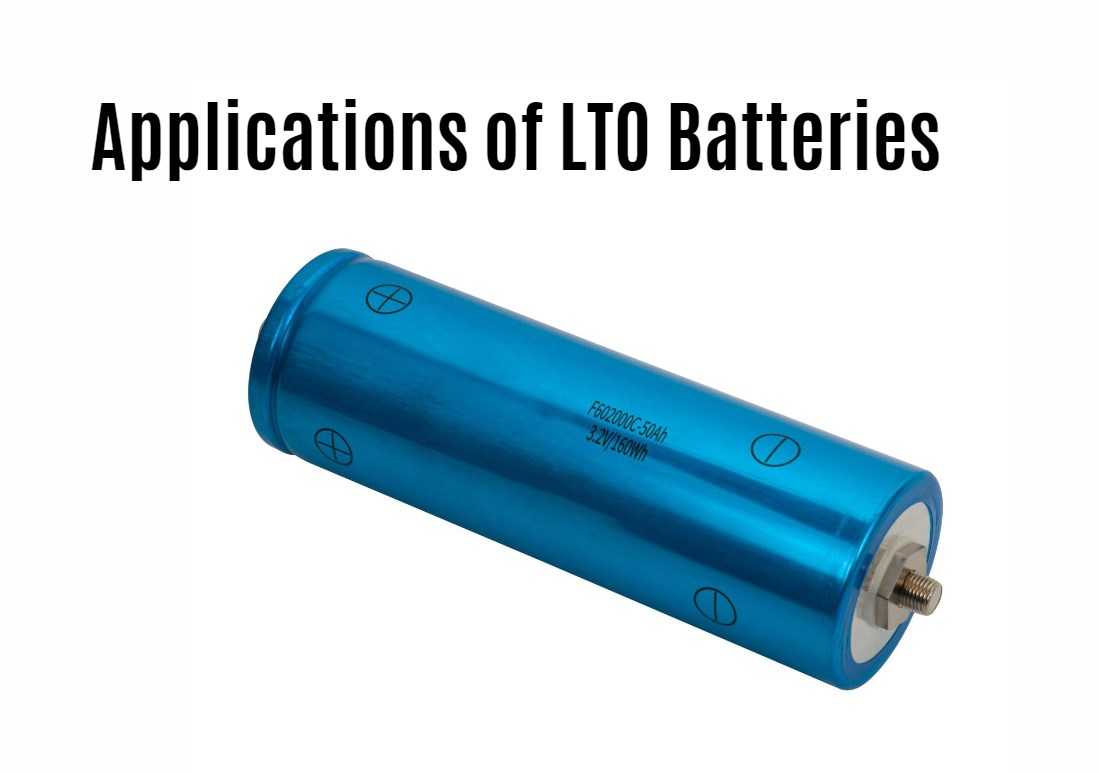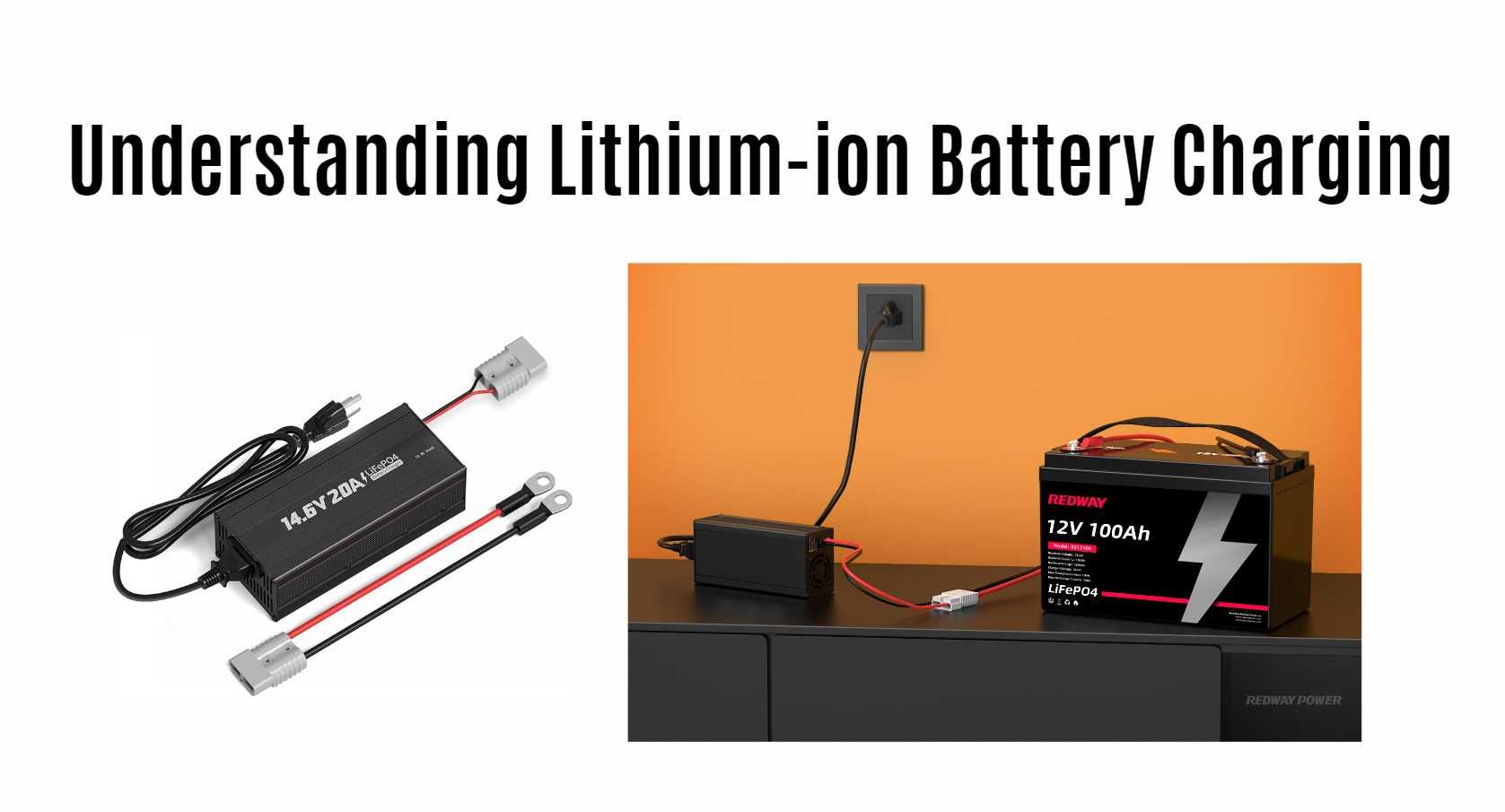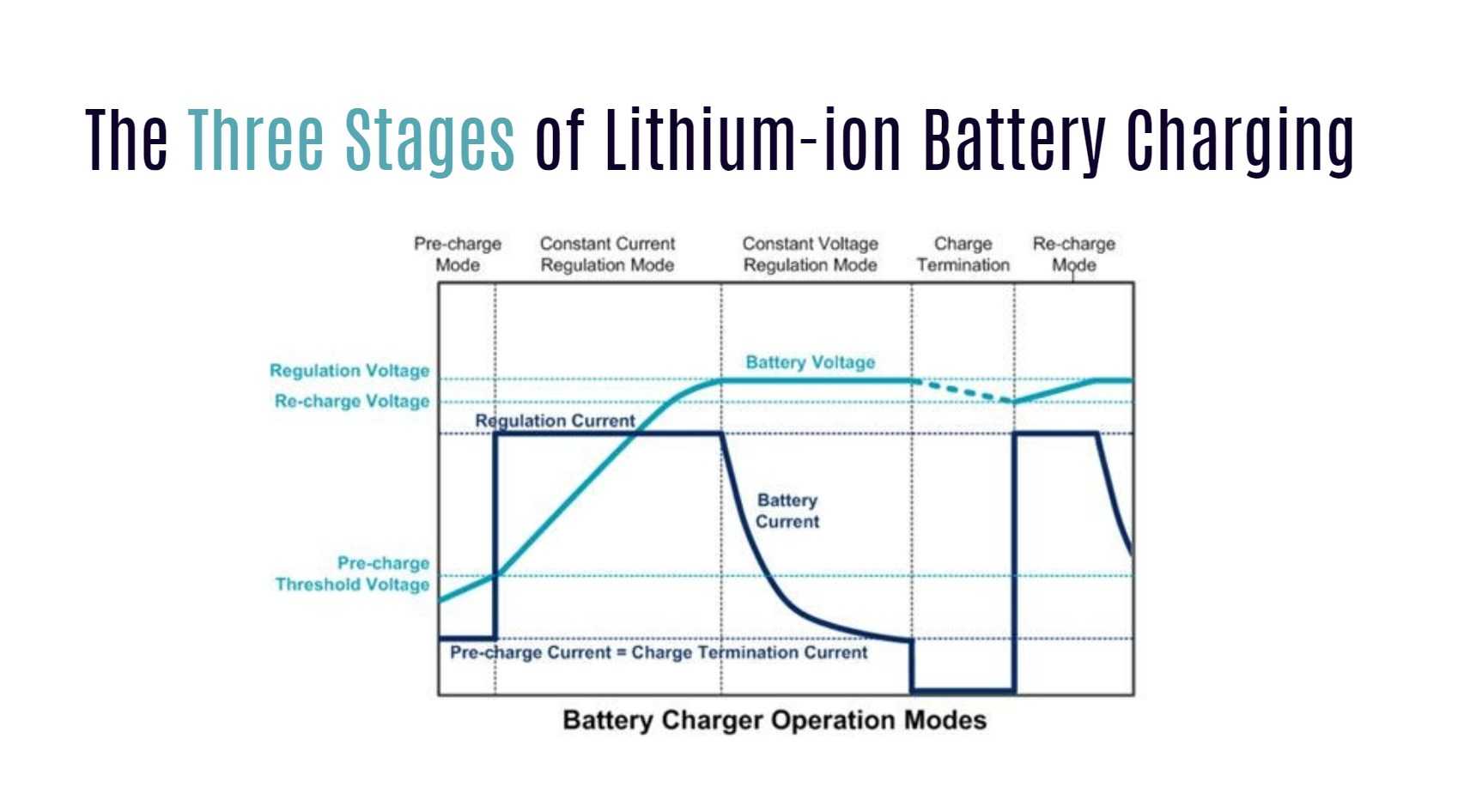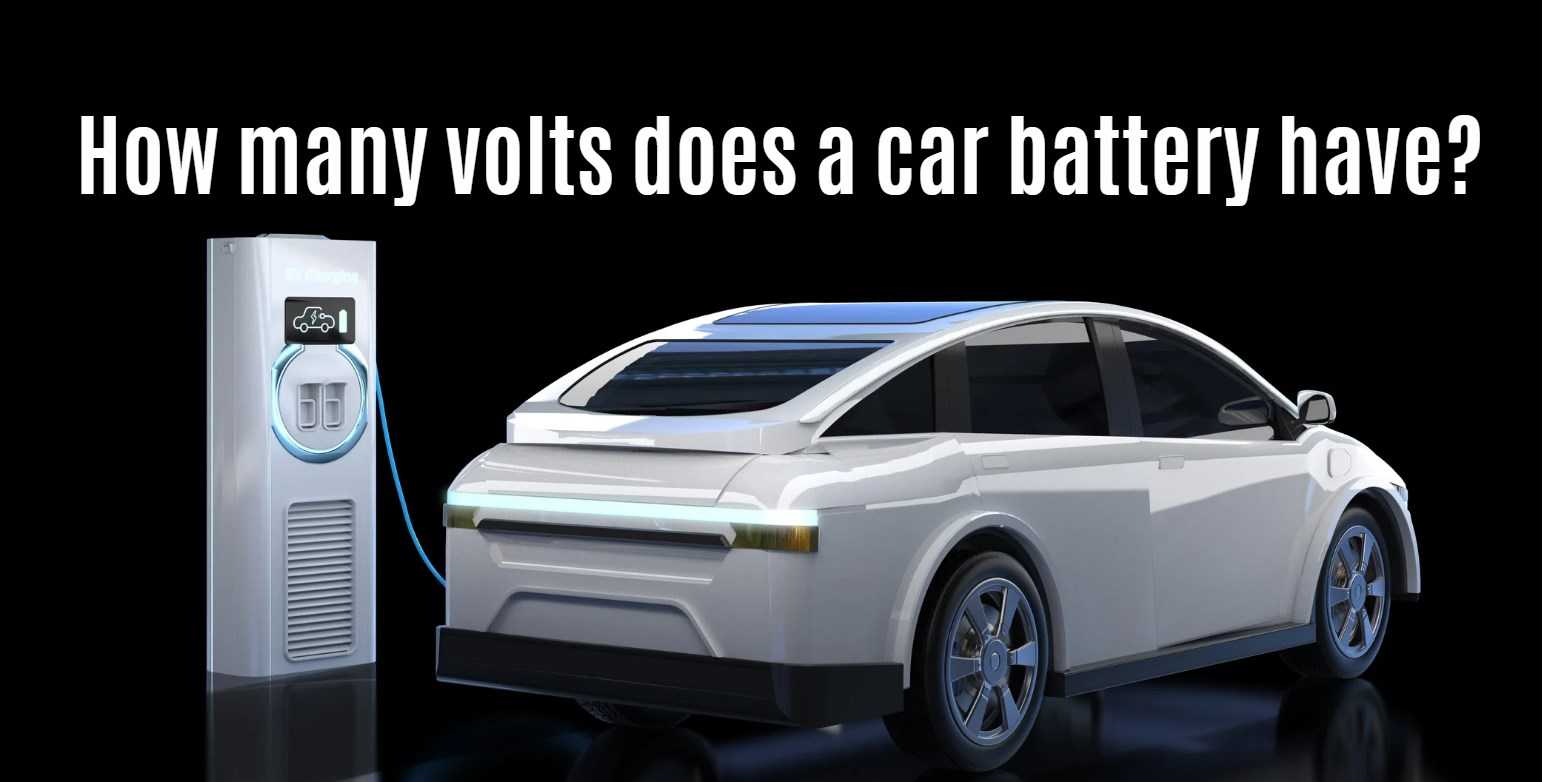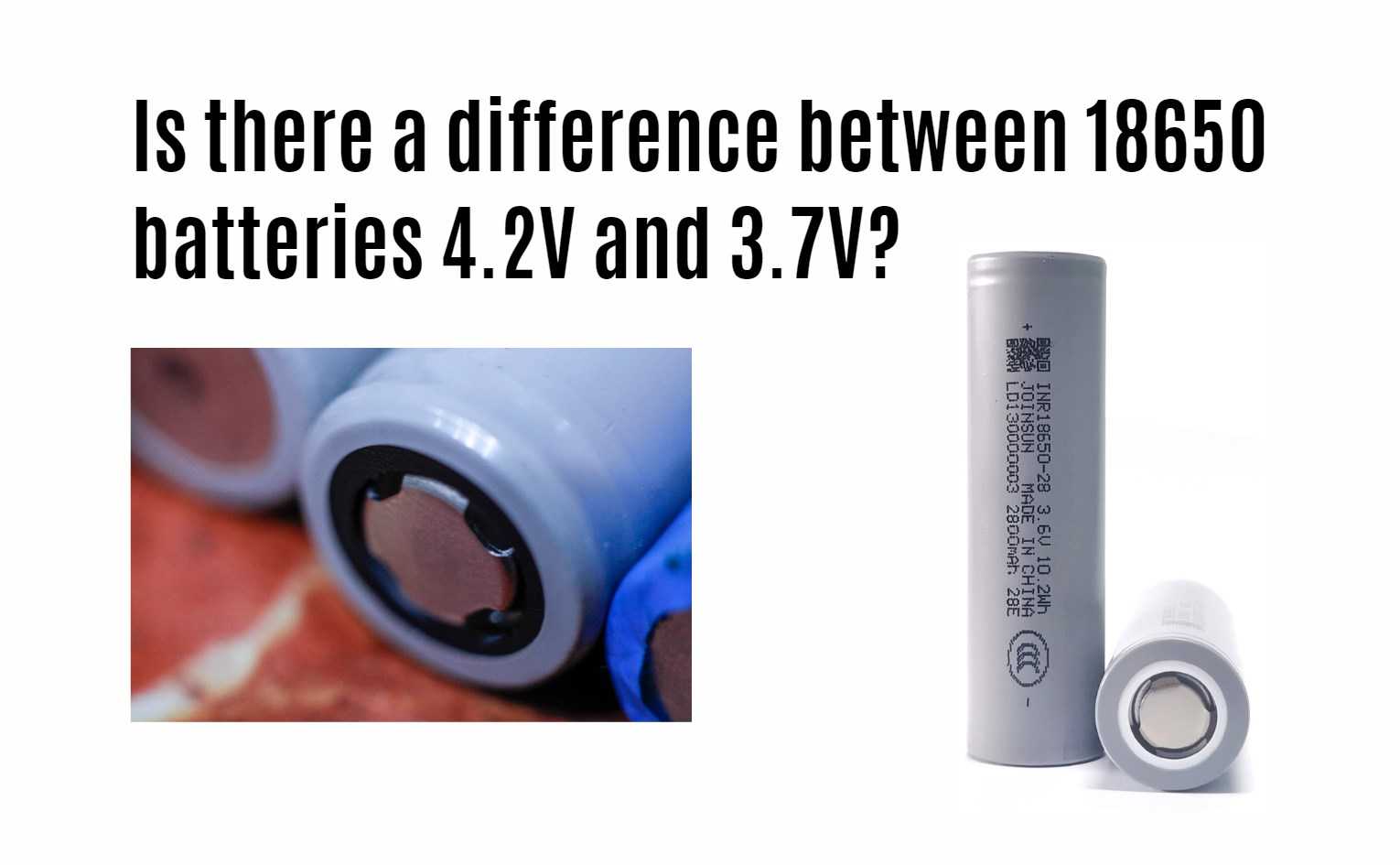Most car batteries have a voltage of 12 volts, which powers a vehicle’s starting, lighting, and ignition systems. Some specialty or heavy-duty vehicles use higher-voltage batteries, but the standard for almost all passenger vehicles remains 12V.
What Is a Car Battery and How Does It Work?
A car battery is a rechargeable energy source that provides electrical power to start the engine and run electrical components when the engine isn’t running.
Car batteries typically use lead-acid chemistry to store electrical energy. When you turn the ignition, the battery releases an initial burst of power—known as cold cranking amps—necessary to start the engine. After starting, the alternator takes over electrical supply to run lights, radios, and other gadgets, as well as recharge the battery. The battery’s voltage is critical; it needs to supply enough power to ensure reliable starts and stable electrical operation. Redway Battery, known for advanced LiFePO4 packs, highlights that consistent voltage ensures device compatibility and system longevity.
How Many Volts Does a Standard Car Battery Produce?
A standard car battery produces about 12.6 volts when fully charged and typically ranges between approximately 12.0 to 12.8 volts during normal operation.
The nominal voltage of a fully charged lead-acid car battery is roughly 12.6 volts, representing fully charged cells (6 cells at about 2.1 volts each). When the engine is running, the alternator raises system voltage to around 13.7–14.7 volts to recharge the battery and power vehicle electrical systems. Voltages below 12 volts usually indicate a partially discharged or faulty battery. Redway Battery’s high-quality lithium batteries provide stable voltages suitable for applications requiring consistent power output, often improving reliability over traditional lead-acid types.
| Battery State |
Voltage Range (Volts) |
Condition Description |
| Fully Charged |
12.6 – 12.8 |
Healthy battery at rest |
| Discharged |
11.8 – 12.0 |
Needs recharging |
| Faulty or Deep Discharged |
Below 11.8 |
Possible battery failure |
| Engine Running |
13.7 – 14.7 |
Charging mode by alternator |
Why Are Car Batteries Typically 12 Volts Instead of Higher or Lower?
Car batteries are typically 12 volts because this voltage level effectively balances power supply needs, size, weight, and compatibility with automotive electrical systems.
Originally, vehicle electrical systems operated on 6-volt batteries, but as cars grew in complexity and power requirements increased, 12 volts became the industry standard to support additional electrical loads like lighting, ignition, and entertainment. Higher-voltage systems (24V or more) are used in heavy trucks or military applications to meet greater power demands, but 12V remains optimal for most passenger cars due to its balance of safety, efficiency, and cost. Redway Battery’s expertise also covers multi-voltage systems for specialized applications, demonstrating flexibility in manufacturing.
How Does Voltage Affect Car Battery Performance?
Voltage indicates the battery’s charge level and ability to deliver power; low voltage declines starting power and affects electronic components’ function.
A steady 12.6 volts or higher indicates a fully charged battery ready to deliver optimal cranking amps. If voltage dips below 12 volts, it signals that the battery’s capacity is compromised, causing slow or failed engine starts and malfunctioning electrical accessories. Excessively high voltage during charging can damage battery life. Redway Battery’s LiFePO4 products offer better voltage stability and longer cycle life than traditional lead-acid batteries, reducing maintenance and ensuring consistent performance even under heavy electrical demands.
Which Types of Car Batteries Provide Different Voltages?
Besides the standard 12V lead-acid batteries, some electric and hybrid vehicles utilize high-voltage lithium-ion battery packs ranging from 48 volts up to hundreds of volts.
Conventional vehicles almost exclusively use 12V lead-acid or absorbed glass mat (AGM) batteries to power starting systems. However, electric vehicles (EVs) and hybrids rely on large battery packs composed of multiple cells connected to deliver high voltages between 200 and 400 volts or more for propulsion. Additionally, 48V mild hybrid systems are growing in popularity for fuel efficiency improvements. Redway Battery designs custom lithium battery packs with precise voltages optimized for various applications, combining safe, durable chemistry with flexibility.
When Should You Check Your Car Battery Voltage?
It’s advisable to check your car battery voltage when the vehicle exhibits slow starts, dim headlights, or after extreme weather conditions to ensure reliable operation.
Regular battery voltage tests can prevent unexpected vehicle breakdowns. Before long trips or periodic vehicle maintenance, measuring the resting voltage and voltage under load provides insights into battery health. If voltages fall below optimal ranges, servicing or replacement might be required. Redway Battery encourages users to use professional diagnostics and quality battery packs that maintain voltage stability to avoid operational downtime.
How Can You Measure the Voltage of a Car Battery?
You can measure the voltage of a car battery using a digital multimeter or a dedicated battery tester by connecting the probes to the battery terminals.
A digital multimeter on DC voltage mode is ideal for precise readings. Connect the red probe to the positive terminal and the black to the negative terminal, then observe the voltage display for accurate voltage measurement. Portable testers provide additional features like health status and cranking amps test. Redway Battery recommends routine battery checks and the use of test equipment to monitor performance proactively.
Are There Safety Considerations When Testing or Handling Car Batteries?
Yes, safety is essential; avoid direct contact with battery acid, wear protective gear, and prevent short circuits or sparks near batteries.
Car batteries contain sulfuric acid and produce flammable hydrogen gas, making proper handling critical. Protective eyewear and gloves should be worn during testing or replacements. Always work in well-ventilated areas and keep metallic tools away from battery terminals to prevent short circuits. Redway Battery ensures safety protocols in product handling and provides technical support to minimize risks during installation or maintenance.
How Does Redway Battery’s Expertise Relate to Car Battery Voltage?
Redway Battery’s advanced lithium technology supports customized voltage solutions, improving battery safety, lifespan, and application versatility in automotive and energy storage fields.
With over 13 years of experience, Redway Battery manufactures LiFePO4 battery packs designed for high voltage stability and durability. Their engineering team offers OEM/ODM customization to meet specific voltage and capacity requirements for automotive electrification and beyond. This expertise helps clients transition from traditional lead-acid systems to more reliable lithium solutions that maintain steady voltage and power output.
Redway Expert Views
“Increasingly, automotive power systems demand batteries that offer both stable voltage and extended life cycles. Redway Battery’s LiFePO4 technology meets these needs by delivering consistent 12-volt solutions for standard applications and customizable higher voltage packs for electrified vehicles. Our focus on quality and customization ensures OEMs and end-users receive safe, sustainable power that adapts to evolving automotive technologies. This combination of performance and reliability is shaping the future of vehicle energy storage.”
Conclusion
Understanding how many volts a car battery has and why voltage matters is essential for vehicle maintenance and reliable operation. Most traditional car batteries provide around 12 volts, balancing power and safety. Knowing how to test, interpret, and optimize battery voltage helps prevent breakdowns and extends battery life. As automotive power systems evolve, companies like Redway Battery advance lithium-based battery solutions that offer enhanced voltage stability and customizability. Regular voltage monitoring, proper handling, and responsible upgrading to modern battery technologies are critical steps for all vehicle owners.
Frequently Asked Questions (FAQs)
Q1: Can a car have a battery voltage different from 12 volts?
Yes, while most cars use 12V batteries, heavy-duty or electric vehicles may use 24V or much higher voltage battery packs.
Q2: How often should I check my car battery voltage?
It’s good practice to check battery voltage during routine maintenance or if you notice starting issues or dim lights.
Q3: What happens if my car battery voltage is too low?
Low voltage can cause slow engine starts, malfunctioning electronics, and may indicate battery failure requiring service or replacement.
Q4: Are lithium car batteries better than lead-acid for voltage consistency?
Yes, lithium batteries typically provide better voltage stability, longer lifespan, and lighter weight compared to lead-acid batteries.
Q5: Can I replace my car’s 12V battery with a different voltage battery?
No, the vehicle electrical system is designed for a specific voltage; replacing it with a different voltage can damage electronics and cause malfunctions.

